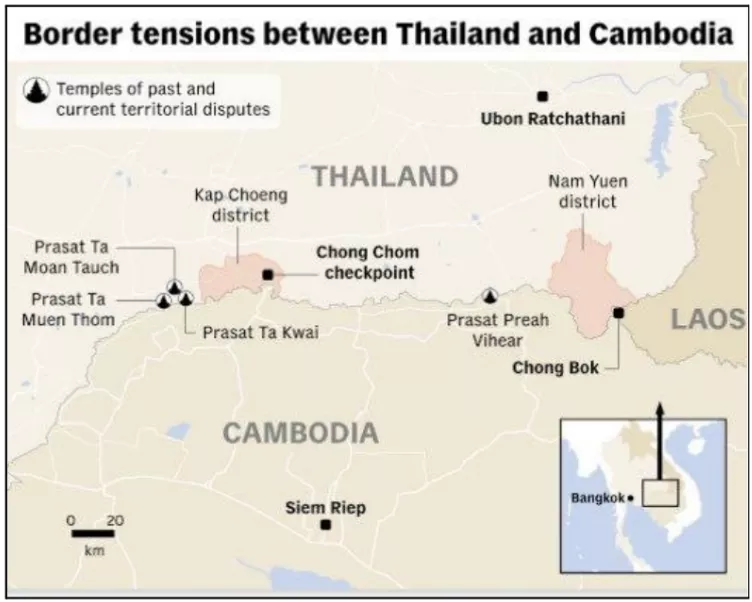![]() 12 Nov 2025
12 Nov 2025

Recently, Thailand suspended the “KL Peace Accord” with Cambodia after accusing them of laying new landmines that injured four Thai soldiers in Si Sa Ket province.

Check Out UPSC CSE Books
Visit PW Store
About the Geneva Conventions
Provisions Related to Conflicts
|
|---|

<div class="new-fform">
</div>